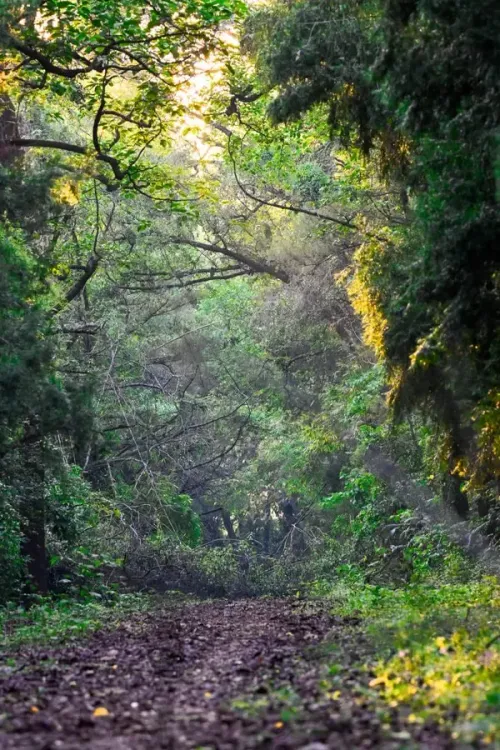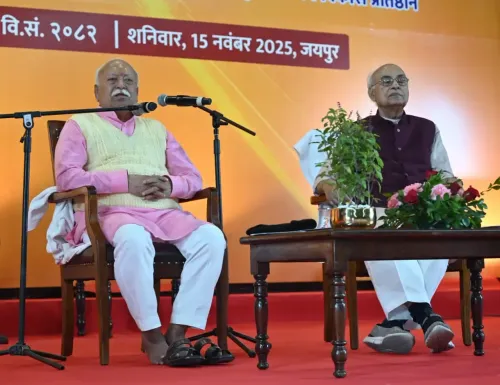Can Indian Biosphere Reserves Prove That Culture and Sustainable Development Can Coexist?

Synopsis
Key Takeaways
- India's biosphere reserves exemplify biodiversity and cultural coexistence.
- These reserves are recognized as living laboratories for sustainable practices.
- Efforts have resulted in significant increases in forest cover and quality.
- Integrated policies support ecosystem management and community development.
- Lessons from India can guide global sustainability efforts.
New Delhi, Nov 15 (NationPress) The biosphere reserves in India exemplify the harmonious coexistence of biodiversity, cultural richness, and sustainable development. This highlights the ongoing effort to find a balance between nature and society, as noted in a recent report.
These areas are not just preserved wilderness; they are dynamic regions where ecological stewardship intertwines with local livelihoods, scientific inquiry, and policy development, according to India Narrative.
Currently, India is home to 18 biosphere reserves, covering an area of 91,425 square kilometers.
Among these, 13 have earned recognition as part of UNESCO’s World Network of Biosphere Reserves, emphasizing their importance on a global scale.
The report describes these biosphere reserves as “living laboratories,” where sustainable practices are not just theorized but actively implemented and tested.
This is evident in the planned increase of the budget for biodiversity conservation to Rs 10 crore in 2025-26.
Furthermore, the biosphere reserve initiative aligns with prominent national projects like Project Tiger, Project Elephant, and the Green India Mission.
According to the report, these integrated approaches create a policy ecosystem that allows for species conservation, ecosystem management, and community development to mutually support one another.
These efforts have led to significant improvements in forest cover and quality, positioning India as the ninth largest nation globally in terms of total forested area and third in annual forest growth.
“These advancements reflect more than just statistics. They indicate meaningful changes in land use, enhanced ecosystem resilience, and better prospects for local communities reliant on forest resources,” the report stated.
Biosphere reserves also provide additional advantages, including enhanced ecological health, increased climate resilience in vulnerable areas, and innovative livelihood solutions for communities dependent on forests.
Moreover, these reserves offer critical insights for global practices.
“India’s dedication to national and international agreements, its robust legal framework, and its openness to explore diverse financial strategies set a standard for others to emulate,” the report claimed.
In the face of accelerating climate change, population growth, and economic challenges, “the true challenge for biosphere reserves will be their capacity to remain inclusive, adaptable, and genuinely participatory,” it added.
The report advocates for a comprehensive integration of ecological, social, and economic perspectives to ensure that forests, wildlife, and communities thrive in unison.









